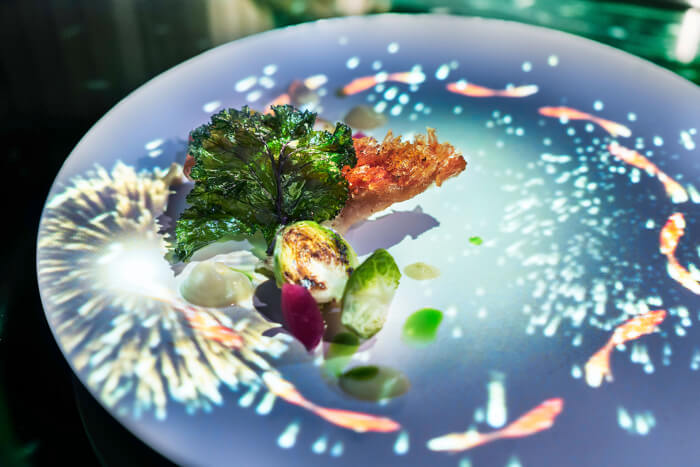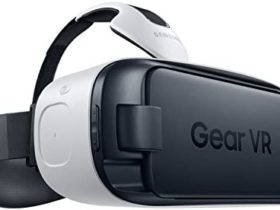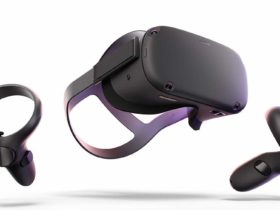Internet cafés have filled a significant void globally for almost three decades. These places, also known as cybercafés, have given people who don’t have access to the internet at home as well as travelers online access. A new business model that has the potential to revolutionize the sector is emerging as a result of the virtual reality industry’s rapid expansion.
Traditional internet cafés have provided owners and patrons with good service, and growth in developing countries is still strong. Virtual reality, however, gives cafés a boost even in less developed nations. You can transform the ordinary internet café into an exciting money-making engine by moving the emphasis from merely providing an internet connection to providing pay-as-you-go VR activities.
The luxury holiday hotspot of Ibiza, Spain, is home to one of the longest-running virtual reality eating experiences. Sublimotion, a 12-course haute cuisine spectacular that first debuted in 2014, combines food, art, music, and virtual reality technology.
The crew behind the gastronomic performance, which was designed by Paco Roncero, a chef with two Michelin stars, also comprises a stage director, musical director, fashion designer, illusionist, craftsman, and several Michelin-starred chefs. The three-hour experience is not inexpensive. It ranks among the most costly meals in the world at around $2,000 per person.
When going out to eat, millennials expect more than just a meal; they want a memorable experience they can post about on social media. Restaurants have responded by dishing up food that is ready for the camera in a setting that is more conducive to socializing – special lighting, hip wallpaper, and eye-catching neon signage. Virtual reality could be the final step in developing a shareable dining experience for the social media era, despite the fact that VR masks isolate each diner.
The cost of producing events like Aerobanquets, Sublimotion, and Tree by Naked, a VR eating experience in Japan, is still high today, and this is reflected in their prices. Virtual reality (VR) could eventually influence the customer experience in the restaurant industry as companies explore methods to be more relevant and appealing to younger, tech-savvy consumers as the cost of VR decreases and its acceptance increases.
If you are interested in more articles like this, here’s one about who invented virtual reality.











Leave a Reply